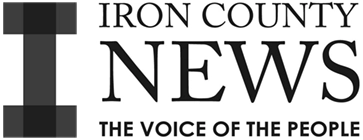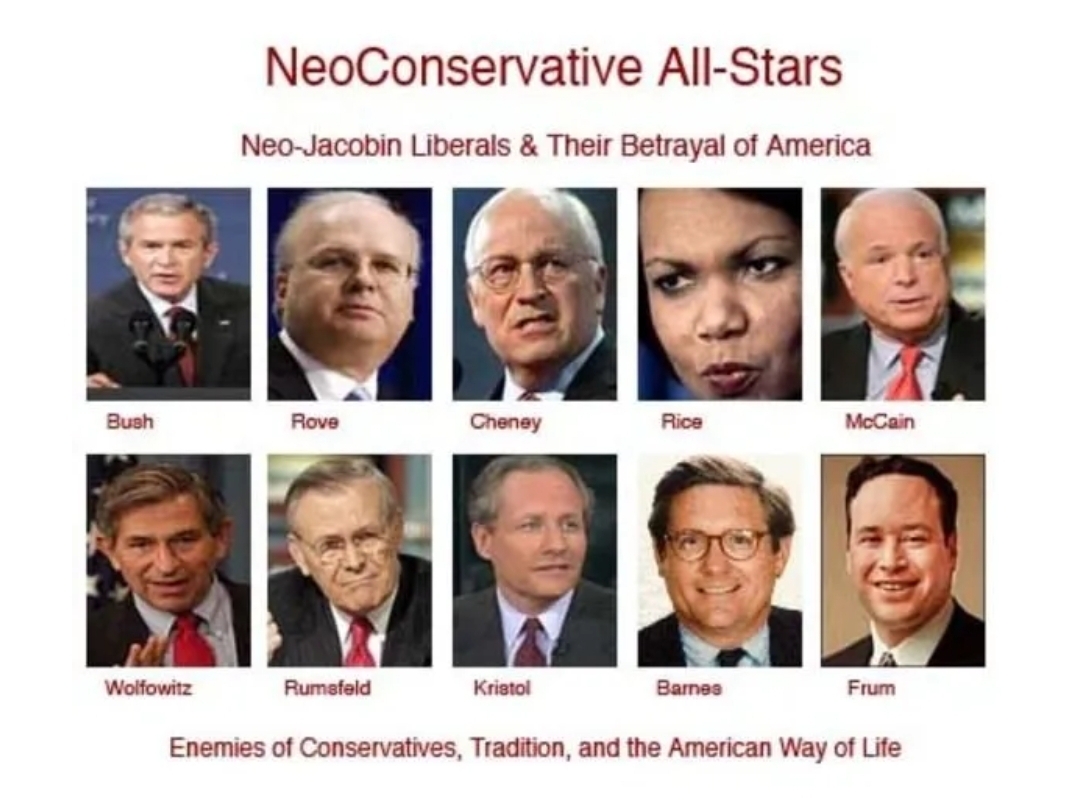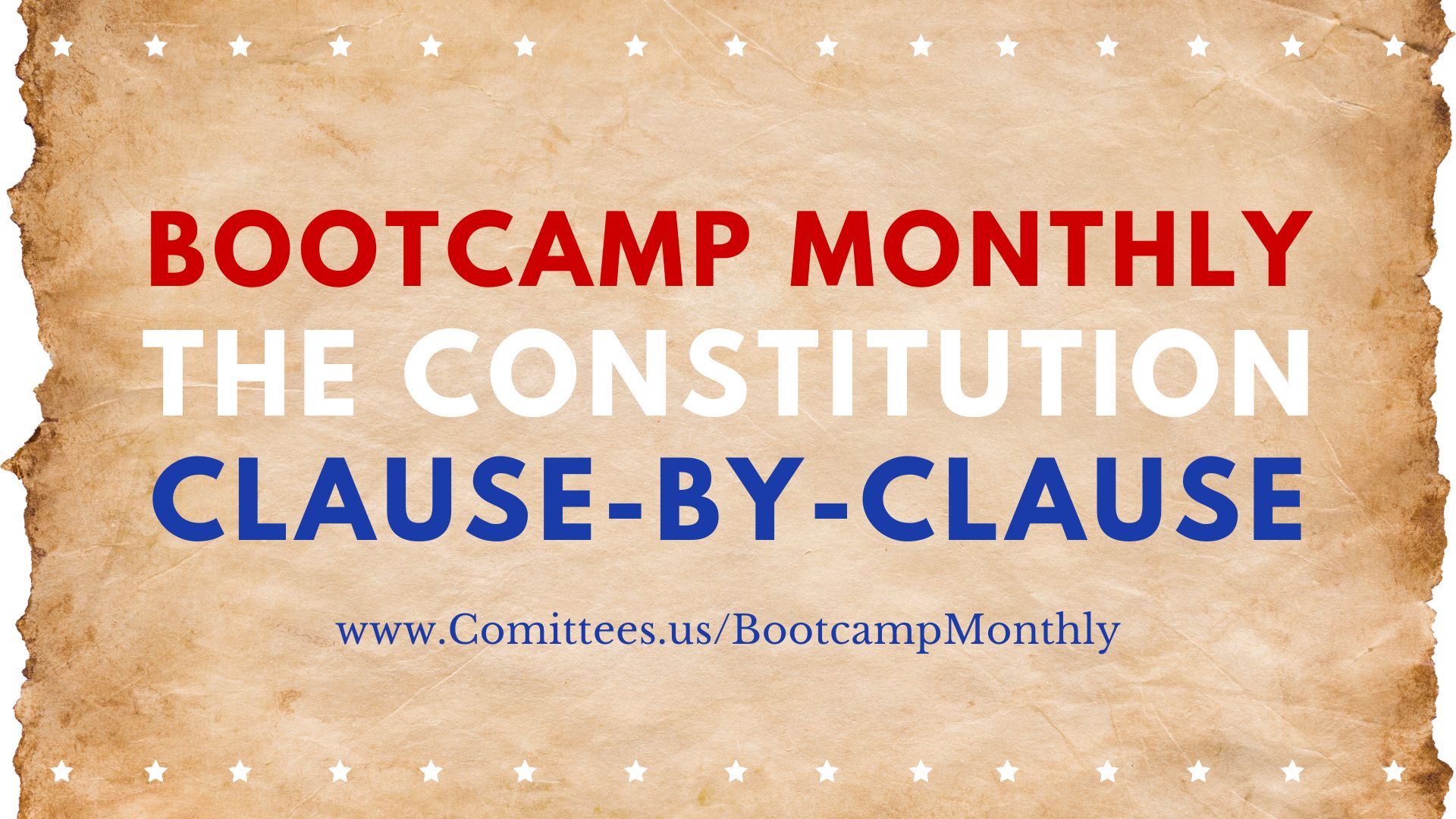Neoconservatives, or Neocons, are a political movement in the United States that emerged in the late 20th century. The term “neoconservative” originally referred to former liberals or leftists who became more conservative in their views, particularly on foreign policy, during the Cold War and in its aftermath. Neocons advocate for a strong U.S. military presence around the world, the promotion of democracy and American values abroad, and a foreign policy that aggressively confronts perceived threats to U.S. interests.
Origins and Development:
Origins in the 1960s and 1970s:
- The neoconservative movement began among a group of intellectuals, policymakers, and academics who were originally aligned with the Democratic Party and the American left. Many were disillusioned with what they saw as the growing radicalism of the left, the anti-war movement, and a perceived failure of liberal policies both domestically and abroad.
- Key figures in the early neoconservative movement included Irving Kristol (often called the “godfather” of neoconservatism), Norman Podhoretz, and Daniel Bell. Many of these early neoconservatives were former supporters of the Democratic Party or the anti-communist left.
Shift to the Right:
- During the 1970s and 1980s, neoconservatives began to align more closely with the Republican Party. They supported a strong U.S. stance against the Soviet Union and communism, advocating for an assertive foreign policy that included military intervention when necessary.
- The Power of Nightmares: The Rise of the Politics of Fear
- This alignment solidified under President Ronald Reagan, who embraced many neoconservative ideas, including a significant military buildup and an assertive approach to confronting the Soviet Union, which eventually contributed to the end of the Cold War.
Neoconservatism in the 1990s and 2000s:
- After the Cold War, neoconservatives continued to advocate for an assertive foreign policy. They believed that the United States, as the world’s sole superpower, had a unique role in promoting democracy and liberal values worldwide.
- In the 1990s, neoconservatives criticized what they saw as a lack of resolve in U.S. foreign policy under President Bill Clinton. They argued for military interventions in places like Iraq, Yugoslavia, and Rwanda to prevent humanitarian disasters and promote democratic governance.
Influence in the George W. Bush Administration:
- Neoconservatism reached its peak influence during the administration of President George W. Bush, particularly after the September 11, 2001, terrorist attacks. Key figures such as Paul Wolfowitz, Richard Perle, Douglas Feith, and Donald Rumsfeld played significant roles in shaping U.S. foreign policy.
- Neocons were strong proponents of the Iraq War in 2003, believing that the removal of Saddam Hussein and the establishment of a democratic government in Iraq would create a domino effect, spreading democracy throughout the Middle East and reducing threats to U.S. security.
- Revisiting The Iraq Racket: After 9/11/01

Core Beliefs and Principles:
Assertive Foreign Policy:
- Neoconservatives advocate for a proactive and interventionist foreign policy. They believe that the United States should use its military and economic power to promote democracy, human rights, and American values abroad.
- They often support the use of unilateral action if necessary, without waiting for international consensus, arguing that U.S. security and moral leadership justify such actions.
Promotion of Democracy and American Values:
- A central tenet of neoconservatism is the belief in American exceptionalism and the idea that the U.S. has a moral responsibility to spread democracy and freedom around the world. They argue that democracies are more peaceful and stable and that promoting democratic governance can reduce global conflicts.
- Neocons have supported regime change in authoritarian or dictatorial regimes deemed hostile to U.S. interests, often believing that the spread of democracy would lead to greater global stability.
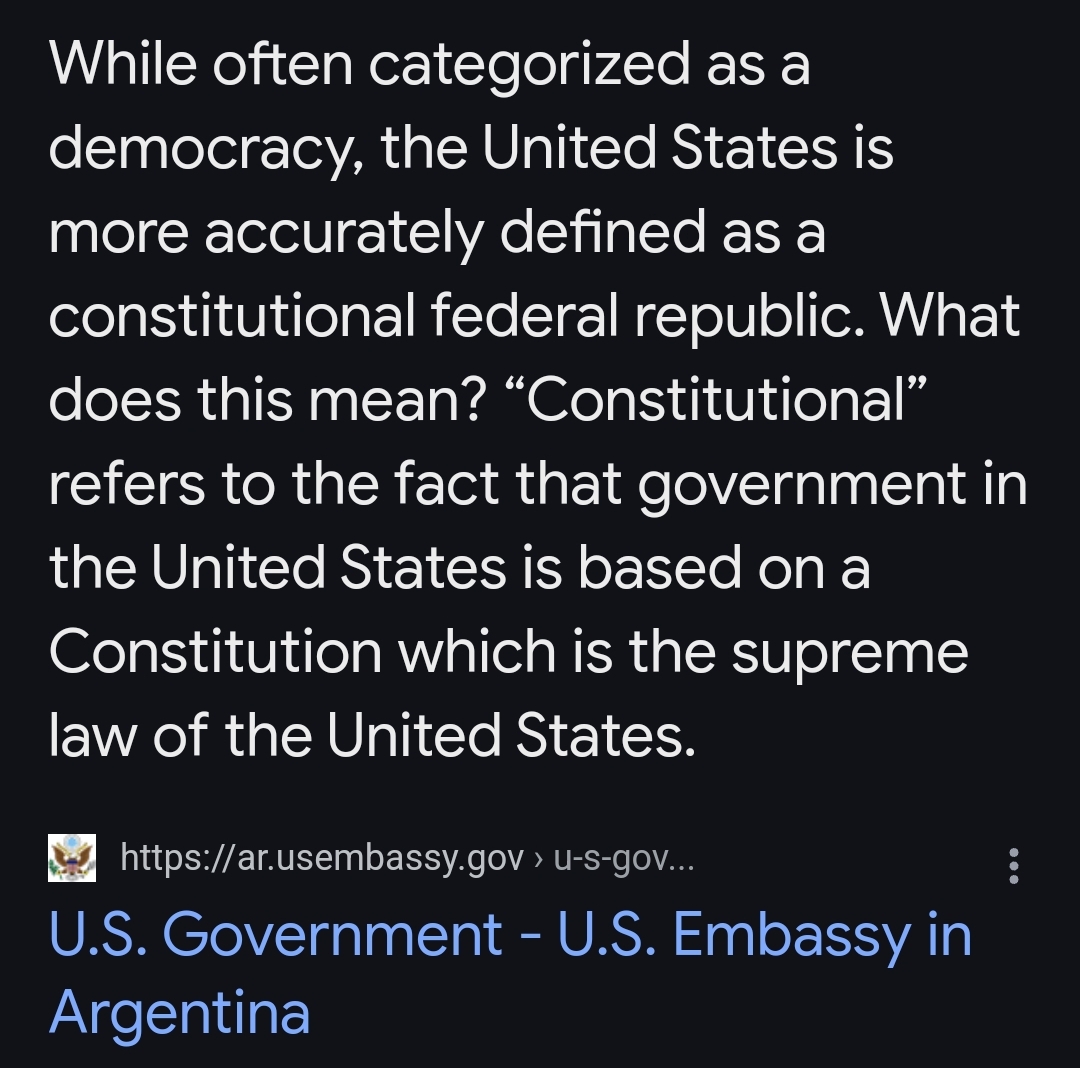
(1)
Strong Military and Defense Spending:
- Neoconservatives believe in maintaining a robust military as a means of deterrence and to project power globally. They advocate for high defense spending to ensure that the U.S. can respond to any threats, both conventional and unconventional.
- They often support preemptive military action to prevent threats from materializing, particularly in cases involving weapons of mass destruction or terrorism.
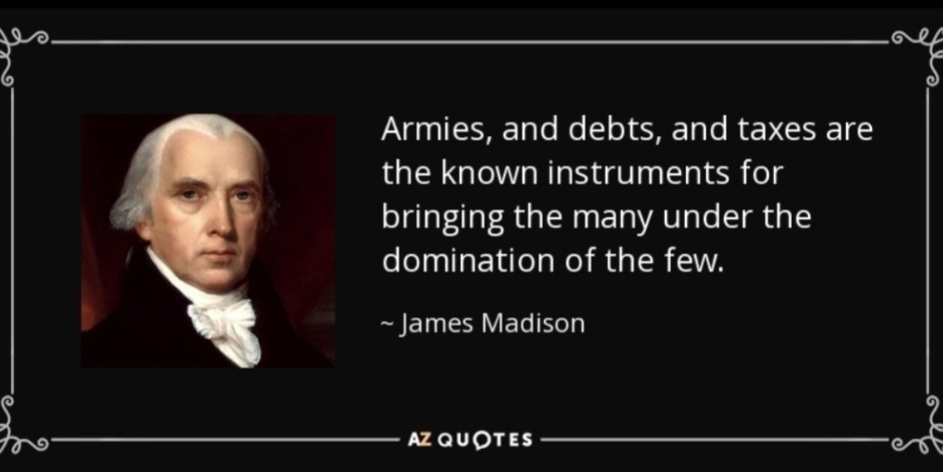
Skepticism of International Institutions:
- While not entirely dismissive of international organizations like the United Nations, neoconservatives are generally skeptical of relying on them to address global conflicts. They believe that such institutions are often ineffective and that the U.S. should act in its own interests rather than be constrained by international consensus or multilateral agreements.
Key Figures and Organizations:
- Irving Kristol: Often considered the “godfather” of neoconservatism, Kristol was a former Trotskyist who moved to the right and became a staunch advocate for capitalism, democracy, and American power. His writings and the publication “The Public Interest” were instrumental in shaping neoconservative thought.
- Norman Podhoretz: Editor of “Commentary” magazine, Podhoretz was another early leader in the movement, advocating for strong U.S. action against communism and, later, against perceived threats from the Islamic world.
- Paul Wolfowitz, Richard Perle, Donald Rumsfeld, and Douglas Feith: Key figures in the George W. Bush administration who advocated for the Iraq War and a broader strategy of using U.S. power to reshape the Middle East.
- Organizations: Several think tanks, such as the American Enterprise Institute (AEI), Project for the New American Century (PNAC), and Hudson Institute, have been associated with promoting neoconservative ideas and policies.
Criticism and Controversy:
- Criticism of Overreach and Military Intervention: Neoconservatives have faced criticism for their support of military interventions, particularly the Iraq War, which many argue was based on flawed intelligence and has had long-term destabilizing effects in the Middle East.
- Perceived Arrogance and Unilateralism: Critics argue that neocons are often perceived as arrogant, believing that the U.S. can and should impose its values and systems on other countries without sufficient regard for local contexts or consequences.
- Impact on U.S. Foreign Policy: The neoconservative approach to foreign policy has been criticized for contributing to global instability, fostering anti-American sentiment, and stretching U.S. military and economic resources thin.
Neoconservatism remains a significant, though contentious, strand in American political thought, particularly regarding foreign policy. While its influence has waned since its peak during the Bush administration, the neoconservative emphasis on American power, democracy promotion, and a strong military continues to shape debates within both the Republican Party and broader U.S. foreign policy circles.
Neoconservatives (neocons) are aligned with certain aspects of the American System—a concept originally associated with 19th-century politicians like Henry Clay and the Whig Party, which advocated for a strong federal role in promoting economic development, a powerful national government, and a proactive foreign policy. Here’s how neoconservatives reflect certain principles of the American System:
Neocons and the American System:
Strong National Government:
- Neocons believe in a robust national government, particularly in the areas of defense and foreign policy. This aligns with the American System’s emphasis on a strong federal role to guide the country’s economic and political future.
- There Are Really Only Two Types of Government: Republic & Oligarchy
- There Are Two Types of Power: Concentrated (Centralized) & Separated
- They support central authority and assertive national action to address both domestic and international challenges.
- Do We Have A Hamilton America or A Jefferson America?
Promotion of National Interests:
- The American System advocated for policies that supported national interests, like tariffs to protect American industry and federal investment in infrastructure. Similarly, neocons believe in an assertive U.S. foreign policy that promotes American interests abroad, often through military intervention or diplomacy.
- Both approaches see the U.S. as a nation that should play an active role in shaping global affairs, using its power and influence to achieve strategic goals.
National Defense and Security:
- A core belief of neoconservatives is a strong military to defend the country and project power worldwide. This mirrors the American System’s concept of a government that provides for a strong national defense and uses its power to protect and promote national interests.
- The American Republic VS The American System
- Neocons are particularly focused on ensuring U.S. security through preemptive measures, alliances, and a significant global military presence.
Economic Policy and National Strength:
- While neocons do not explicitly advocate for the same economic policies as the American System (such as protective tariffs and federal investment in infrastructure), they do support economic strategies that ensure national strength. For example, they often favor policies that promote free markets, trade, and globalization to enhance U.S. economic dominance.
- Neocons view economic power as a crucial component of national power and advocate for policies that allow the U.S. to maintain its global economic influence.
Differences from the Original American System:
- Economic Intervention: The original American System advocated for government intervention in the economy, such as protective tariffs and government-funded infrastructure. In contrast, neocons are more likely to advocate for free-market policies and globalization, although they support government spending on defense and security.
- Focus on Global Intervention: Neocons extend the principles of a strong national government beyond domestic borders, advocating for a global role for the U.S. This differs from the 19th-century American System, which was more focused on internal development and national economic policy.
While there are differences, the neoconservative philosophy aligns with the American System in its advocacy for a strong national government, active promotion of national interests, and emphasis on national defense. Both perspectives see the U.S. as a nation with a unique role to play on the global stage, whether in terms of economic leadership or military might.
The idea that the American System has evolved into a global system reflects how the principles that once guided American domestic policy have expanded into an international context, particularly in terms of economic practices, political influence, and strategic governance. This transition has been driven by globalization, the spread of capitalism, and the assertion of American ideals and interests worldwide.
The American System: A Brief Overview
The American System was a 19th-century economic plan championed by Henry Clay and the Whig Party that emphasized:
- Protective tariffs to encourage the growth of domestic industries.
- Federal investment in infrastructure (like roads, canals, and railroads) to promote commerce and national unity.
- A national bank to stabilize the currency and provide credit.
This plan aimed to create a self-sufficient and robust national economy by fostering internal growth, protecting American industries from foreign competition, and ensuring a strong federal government.
Evolution into the Global System:
Expansion of Economic Principles:
- The American System’s emphasis on fostering economic growth, innovation, and infrastructure investment has found its counterpart in the global arena. The U.S., through international institutions such as the World Bank, International Monetary Fund (IMF), and World Trade Organization (WTO), has advocated for and helped establish global economic systems that promote free markets, free trade, and economic liberalization.
- This global economic system mirrors the American System’s original goals: building interconnected economies, promoting industrial and economic growth, and facilitating trade. These institutions often encourage investment in infrastructure and reforms that promote market-driven growth.
Spread of Capitalism and Free Trade:
- The American System’s protective tariffs have been replaced by the promotion of free trade agreements like NAFTA, the USMCA, and others. The U.S. has championed free trade as a path to global economic development and integration.
- American principles of capitalism, such as free markets, private property rights, and competition, have become foundational to the global economic order. This has been facilitated by global institutions, multinational corporations, and bilateral and multilateral trade agreements.
Global Governance and Political Influence:
- The U.S. has also pushed for global governance structures that reflect its own democratic values and interests. This includes promoting democracy, human rights, and rule of law through international organizations like the United Nations (UN) and various international treaties and alliances (e.g., NATO).
- The American idea of a strong, centralized government guiding national progress has translated into a global framework where international bodies, often influenced by American leadership, seek to coordinate responses to global challenges (such as climate change, terrorism, and public health).
Military and Strategic Influence:
- Neoconservatives and other proponents of U.S. global leadership argue for a proactive stance in world affairs, which often means maintaining a significant military presence and the ability to project power anywhere in the world. This is a natural extension of the American System’s view of using national resources to protect and promote interests.
- The global system today often reflects American military and strategic priorities, such as maintaining open sea lanes, protecting global trade routes, and countering perceived threats to international stability.
Technology and Innovation:
- The emphasis on internal infrastructure in the American System has evolved into global investments in technology and innovation. The U.S. has become a leader in fostering a global digital economy, supporting innovations that connect markets worldwide, much like how the early American System sought to connect the national economy through infrastructure projects.
Key Drivers of Evolution:
Globalization:
- The expansion of trade, capital flows, information technology, and communication has driven the transformation from a national economic model to a global system. As businesses, markets, and cultures became more interconnected, American principles like capitalism, free markets, and competitive enterprise gained ground globally.
U.S. Leadership and Policy:
- Post-World War II, the U.S. emerged as a global leader and architect of a new world order, promoting democracy, free markets, and a rules-based international system. Through institutions like the IMF, World Bank, and NATO, the U.S. has helped shape global policies and norms.
Technological Advancement:
- Innovations in communication, transport, and information technology have made it easier to spread American economic and political ideals. The digital revolution, largely led by American companies, has created a global market and platform for trade, finance, and cultural exchange.
Challenges and Critiques of the Global System:
Imbalances and Inequalities:
- The global system, while fostering economic growth, has also been criticized for increasing inequalities both within and between countries. Critics argue that the American-led global order has sometimes prioritized corporate interests and Western hegemony over sustainable development and equitable growth.
Nationalism and Sovereignty:
- The spread of American-style capitalism and governance has met resistance from some countries and movements that prioritize national sovereignty, cultural identity, and alternative economic models. There are critiques that the global system imposes a one-size-fits-all approach that may not suit every nation’s unique circumstances.
Geopolitical Tensions:
- The American-led global order faces challenges from rising powers like China and Russia, who offer different models of governance and development. These countries often contest U.S. influence in international institutions and resist efforts to promote democracy and free markets.
The American System has, in many ways, evolved into a global system where principles such as economic liberalization, free trade, and strong governance shape international relations. However, this global system faces challenges and critiques from within and outside, as debates continue over fairness, inequality, and the appropriate balance between global integration and national sovereignty. Nonetheless, the U.S. continues to play a pivotal role in shaping the norms and values of the global system, much as it did in shaping its own national economy in the 19th century.
(1) U.S. Government
